Night Blooming Cereus (Queen of the Night): Care and Propagation Guide
Queen of the Night (Epiphyllum oxypetalum) is an epiphytic cactus that opens its strong scented flowers for only one night, around the summer period. This cactus is classified as a night-blooming cereus, a group comprising several cacti with the same blooming behavior.
Night-blooming cereus is a beautiful and unusual addition to any garden. I knew about them when I visited a friend in New Orleans. Families and friends gathered for special celebrations to witness the spectacular opening of the flowers during the night.
In this guide, I’ll explain what the queen of the night looks like, its care, and its propagation. In summary, here’s what to know about this night-blooming cereus.
| Botanical name | Epiphyllum oxypetalum |
| Common name | Queen of the night |
| Sun exposure | Bright indirect light |
| Soil type | Well-drained |
| Soil pH | 5.5 to 6.5 (slightly acidic) |
| Hardiness zones | USDA 10 to 11 |
| Bloom time | Late spring to summer |
| Flower color | White |
| Mature size | 6 to 10 ft. tall |
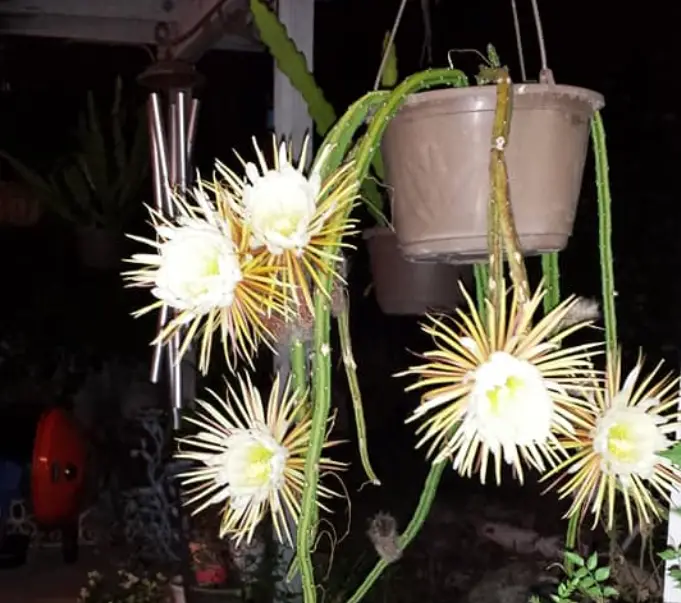
Description and Features
Queen of the night (Epiphyllum oxypetalum) also called the Dutchman’s pipe is a type of cactus that blooms nocturnally once during summer. The strong-scented white flowers are large and permanently close to the first ray of the morning sun. If pollinated, the blooms are followed by oblong, purplish red fruits.
Epiphyllum oxypetalum is native to tropical regions of Central and Southern America, where they grow on tree branches but not as parasitic plants. They obtain moisture and nutrients from rain and debris that collects and decomposes on the support plant.
These cacti can be cultivated as garden plants outdoors in zones 10 and 11 or as houseplants in cooler climates. They can be placed outdoors during the summer months to enjoy warmth and humidity then brought in as the temperatures drop.
Queen of the night has no true leaves, but flattened fleshy stems with serrated edges. In the right growth conditions, it can become 10 feet tall and 3 feet wide.
Other night blooming cereus
Other cacti classified as night-blooming cereus due to their nocturnal flowering characteristics include the following:
- Dragon Fruit Cactus (Hylocereus undatus) – Blooms from July through October.
- Vanilla Cactus (Selenicereus grandiflorus) – Flowers in late spring or early summer.
- Red orchid Cactus (Epiphyllum ‘Fifty Grand’) – Blooms between late spring and summer.
- Peruvian Apple Cactus (Cereus peruvianus) – Blooms in late spring to early fall.
- Hooker’s Orchid Cactus (Epiphyllum hookeri) – Flowers in summer.
Night blooming cereus care
Night blooming cereus may have different care needs depending on the species. Epiphyllum oxypetalum in particular, thrives in well-draining soil, bright indirect sunlight, and infrequent watering.
Light requirements
The queen of the night prefers bright indirect sunlight. In their natural home, they receive diffuse sunlight through the forest canopy. In the home, they can be grown in north or east-facing windows where they can benefit from the morning sunlight.
If the location of your plant is not receiving enough sunlight, you can supplement it with grow lights. Inadequate lighting can result in spindly growth, cactus turning yellow and even wilting due to lack of sugars. Too much sunlight on the other hand will scorch the cactus stems.
Soil type
Like most cacti, this night blooming cereus thrives in slightly acidic, well-drained soils. In fact, in the wild, they are supported by the decomposed plant materials trapped between the tree branches or in rock cracks. Growing them in soils that don’t drain well can result in root rot.
It is recommended to use the succulent mix when potting or repotting the cactus. You can also amend regular potting soil with pumice, sand, peat moss, or bark to improve aeration.
Watering needs
Queen of the night cactus enjoys when the soil is constantly moist but not waterlogged. Watering should be done once every two weeks preferably when the top inch of the soil feels dry. Overwatering can cause root rot and other fungal problems.
During winter, watering should be cut to about once every four weeks just to sustain the plant as it undergoes dormancy. This is an important rest period that helps cacti and succulents to thrive and bloom better in the spring and summer.
Temperature and humidity
Forest cacti prefer warm temperatures and slightly humid air. Keep the temperature between 50 °F to 90 °F and at least 50 percent humidity. In dry conditions, this cactus should be misted once a week to supplement the soil moisture.
It’s important to bring the cactus indoors when temperatures start dropping to avoid freeze damage. However, keep the cactus away from cold drafts, heaters, and fireplaces.
Fertilization
Queen of the night cactus can benefit from a monthly application of succulent fertilizer during spring and summer. Dilute and use your houseplant fertilizer as directed. Avoid fertilizers with too much nitrogen as they can make a cactus overgrow and not bloom.
Potting and repotting
When growing your night blooming cereus, use a pot with drainage holes to avoid problems of root rot. Queen of the night likes to be rootbound so the pot doesn’t have to be too big. Repot the plant after every two to three years in a slightly larger pot to keep it healthy..
Potting and repotting should be done during spring or summer when the cactus is actively growing. Make sure the plant is free from any pests or diseases before the transplant process.
Pruning
Queen of the night does not require much pruning but you can remove withered flowers and a few overgrown branches for healthy growth. You may also use the cuttings to propagate new plants that you can gift your family and friends.
Night blooming cereus propagation
It is relatively easy to propagate the queen of the night. Here are the steps to follow:
- Choose a healthy cutting from a mature plant and take a cutting using a clean sharp knife. The cutting should be about 4-6 inches long and have at least two nodes.
- Let the cutting dry out in a cool place for a period of three to four days. This helps in the formation of a callus over the cut end which prevents the cutting from rot and fungal infections.
- Dip the cut end of the cutting in the rooting hormone. Although it’s not essential, the product can help the cuttings to root and establish quickly.
- Plant the cutting in a pot filled with well-draining succulent soil. Make sure the cuttings are firmly held in the soil.
- Water the cutting well and place it in a warm location with bright indirect sunlight. Keep the soil moist but not soggy to avoid the problem of root rot.
- The cutting should start to root within 4 to 5 weeks. Once it has fully rooted you’ll see new growth on the stems.
You can propagate the queen of the night through seed. However, it is a more difficult and time-consuming process than propagating from cuttings.
Common problems
Night-blooming cereus is typically prone to root and fungal infections particularly when overwatered. Affected plants can be saved by removing the damaged parts and being repotted in fresh well-draining soil mix.
These plants can also host a number of pests including mealybugs, aphids, scale and spider mites. New plants and contaminated soils are common sources of houseplant pests. Failure to monitor your plants regularly makes the pests spread and get difficult to control.
You can blast the pests off with a strong strand of water but make sure to cover the soil so you don’t overwater the plant. Spraying the plant with neem oil or insecticidal soap can also kill the insect pests without harming the plant. Just, be sure to use the product as directed by the manufacturer.
Final Thought
Epiphyllum oxypetalum is highly sought after not just because of its night-blooming feature but ease of care and propagation. Various cultures in the Asian community cultivate it for culinary and medicinal purposes. You can grow it as a houseplant and enjoy the beautiful flooms year to year.
References
Unique Plant Blooms Unpredictably and Only at Night – Wellesley College
What are ‘moon flowers’ and why do they bloom only at night? Arizona State University
My name is Diane M Lewik, and I am the founder of this website. I am a degree holder in plant biology from the University of California – Berkeley. Over years, I have cultivated a vast collection of succulents and I have learned a great deal about how to grow and care for these unique plants.
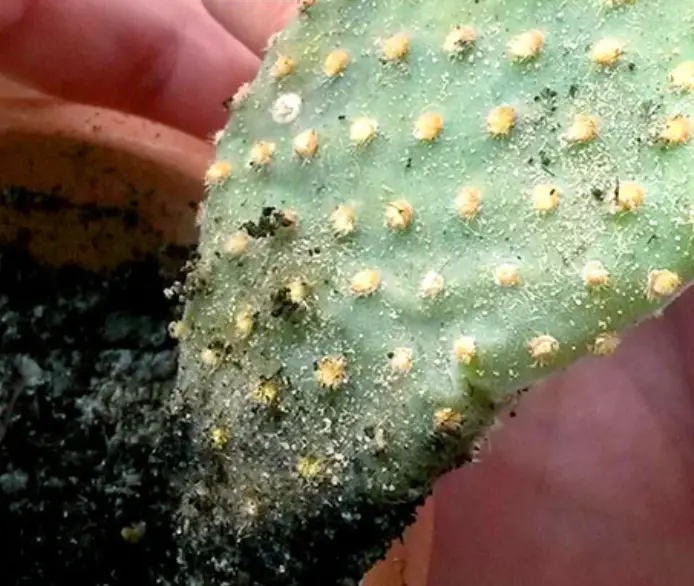
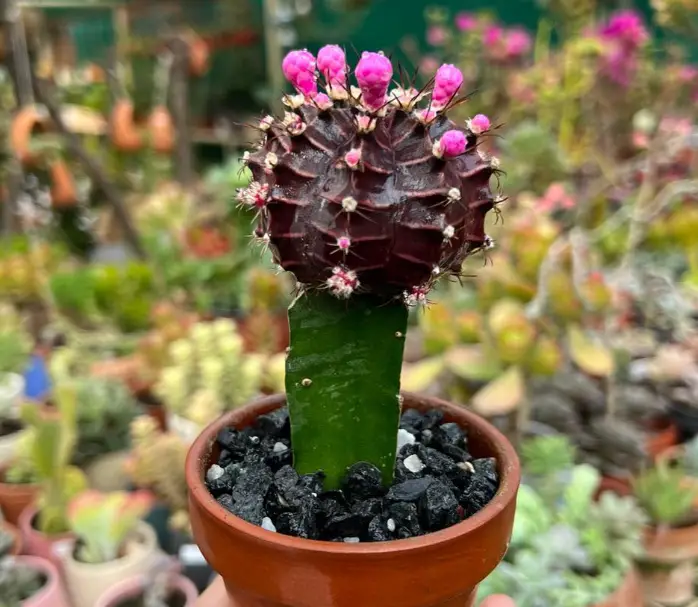
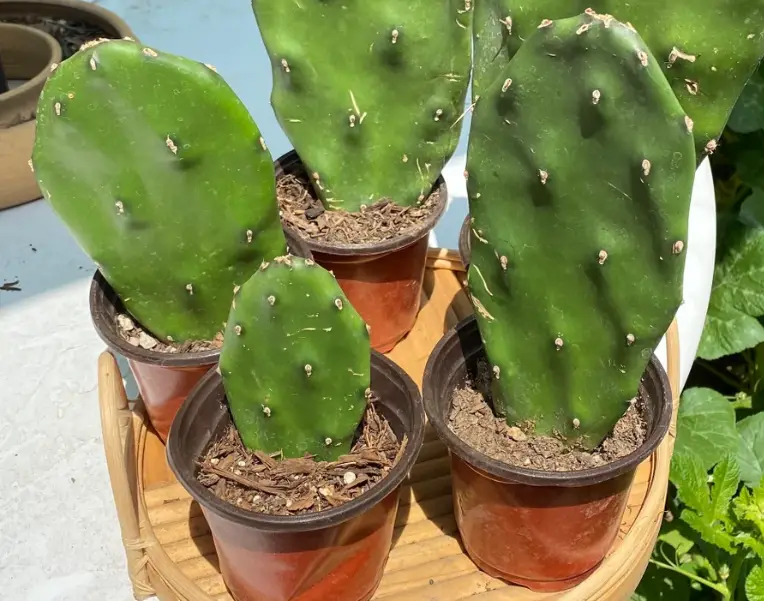

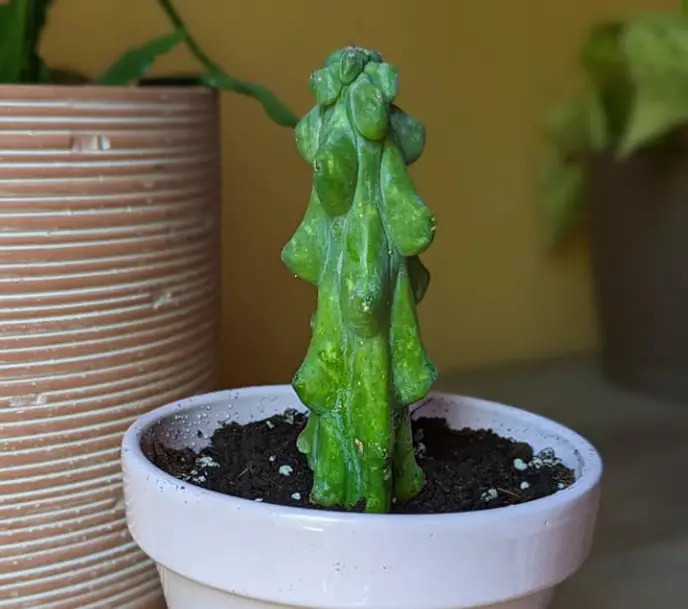
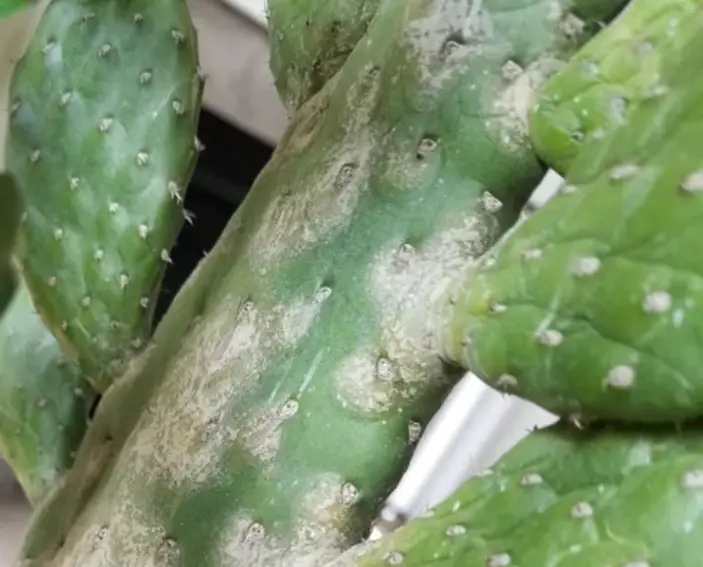
We have 3 Night-blooming cereus cactus in our yard here in Key Largo, Florida. All of them are +30 foot high, and often have dozens of blooms on them when they bloom. The cacti were here when we mived in, 25 years ago. They require no care from us in this climate. They do produce a few dragon fruits, also. I am sending a photo of them in bloom.